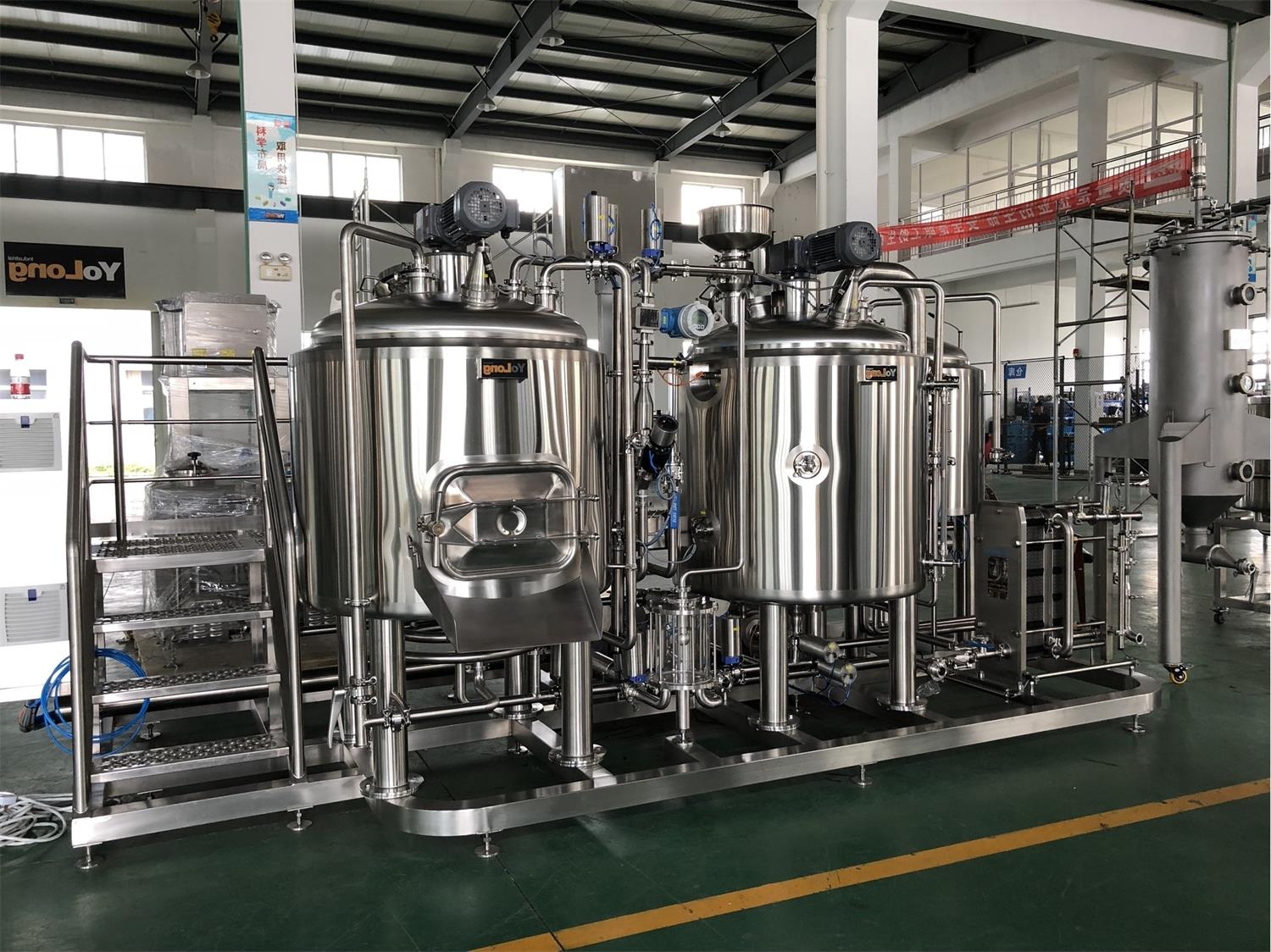Find the Perfect Brewhouse for Sale
Key Factors to Consider When Buying a Brewhouse
This isn’t like buying a blender off Amazon. A brewhouse is a serious piece of professional equipment. Before you pull the trigger, consider the following:
1. Batch Size and Output: How much beer do you plan to produce per batch? Brewhouses are commonly sized by the number of barrels they can produce per brew. A 3 BBL system might suit a small taproom, while a 30 BBL system is more appropriate for regional distribution.
2. Automation vs. Manual Systems: Are you a hands-on brewer who loves to tweak every parameter? Or are you aiming for efficiency and consistency with automated controls? Automation costs more upfront, but can save labor and reduce error.
3. Space Requirements: Don’t forget to measure your building. Brewhouses take up a lot of space, especially if you include fermenters, brite tanks, and cold storage.
4. Utility Needs: You’ll need to know your available power (single or three-phase), water supply, and drainage setup. Steam systems also require boilers and venting.
5. Expansion Possibilities: Are you planning to grow in the next few years? If so, consider scalable systems or leave room to add tanks.
6. Reputation of Manufacturer: Stick with companies that have strong reviews, warranties, and service support. You’ll be glad you did if something goes wrong.
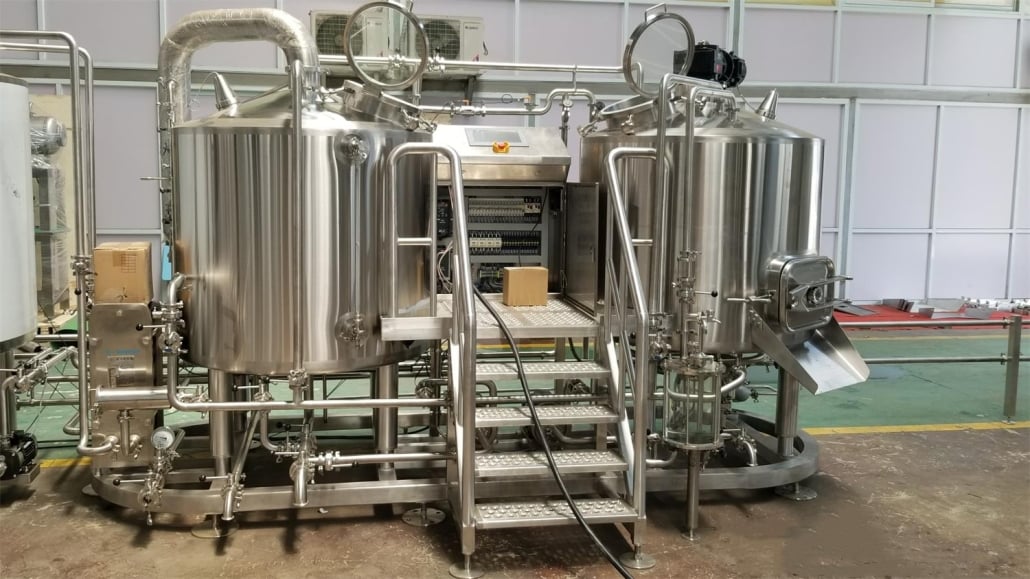
Types of Brewhouses for Sale
Brewhouses aren’t one-size-fits-all. Different setups cater to different scales, brewing styles, and business models. Here are the main types:
Direct Fire Brewhouses: These use burners underneath the kettle. They’re simple, relatively cheap, and effective for smaller breweries. However, heat distribution can be uneven.
Steam-Heated Brewhouses: These are more efficient and offer better temperature control. They require a steam boiler, which adds to cost and complexity, but are ideal for medium to large breweries.
Electric Brewhouses: Best for small operations, like nano breweries or pilot systems. Clean, quiet, and easy to install, but limited in scalability.
2-Vessel vs. 3-Vessel vs. 4-Vessel Systems:
- 2-Vessel: Mash/lauter tun and kettle/whirlpool combo. Good for small batches.
- 3-Vessel: Separates mash tun, lauter tun, and kettle/whirlpool. Offers better flexibility.
- 4-Vessel: Adds a dedicated whirlpool. Ideal for high-throughput brewing.
Where to Find Brewhouses for Sale
| Source | Description | Pros | Cons |
|---|---|---|---|
| Manufacturer Websites | Direct from companies like Ss Brewtech, Alpha Brewing, or Portland Kettle | Warranty, customization, latest models | Higher cost |
| Brewery Equipment Resellers | Sites like ProBrewer, Used Brewing Equipment, or BrewBids | Wide selection, used & new options | Varies in condition, availability |
| Online Marketplaces | Platforms like eBay, Alibaba, or Facebook Marketplace | Affordable deals, global access | Risk of scams, less after-sale support |
| Auctions | Liquidation auctions from closing breweries | Bargain prices | Limited info, no warranty |
| Industry Events & Expos | Trade shows where equipment is demoed and sold | In-person inspection, networking | Travel required |


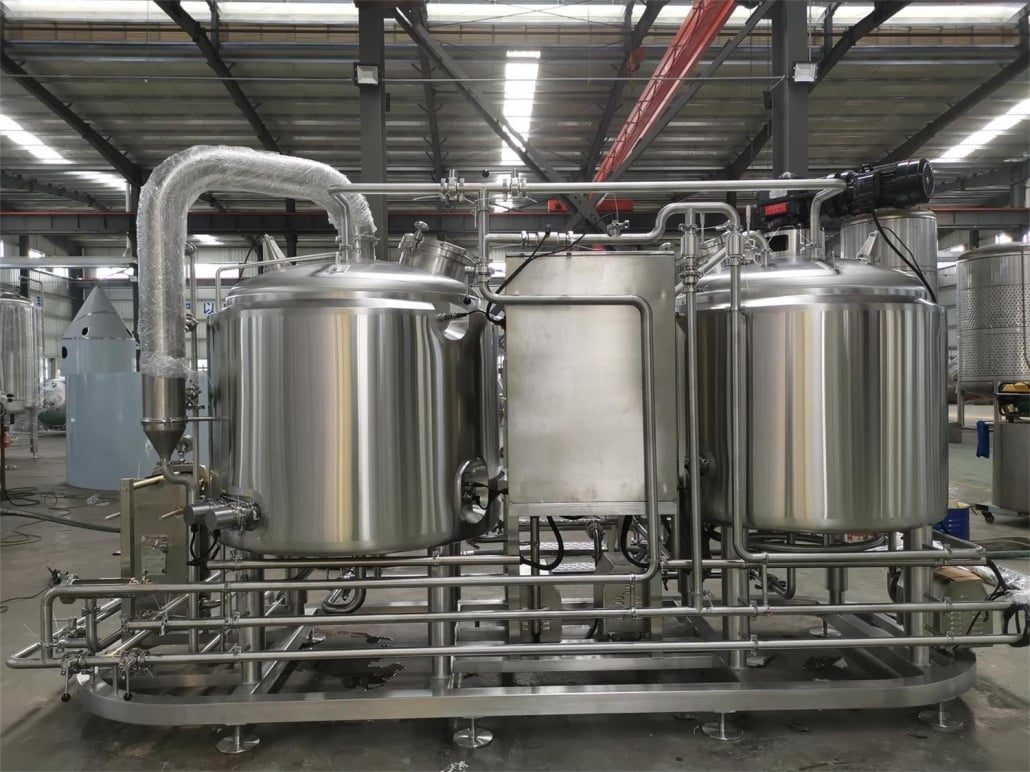
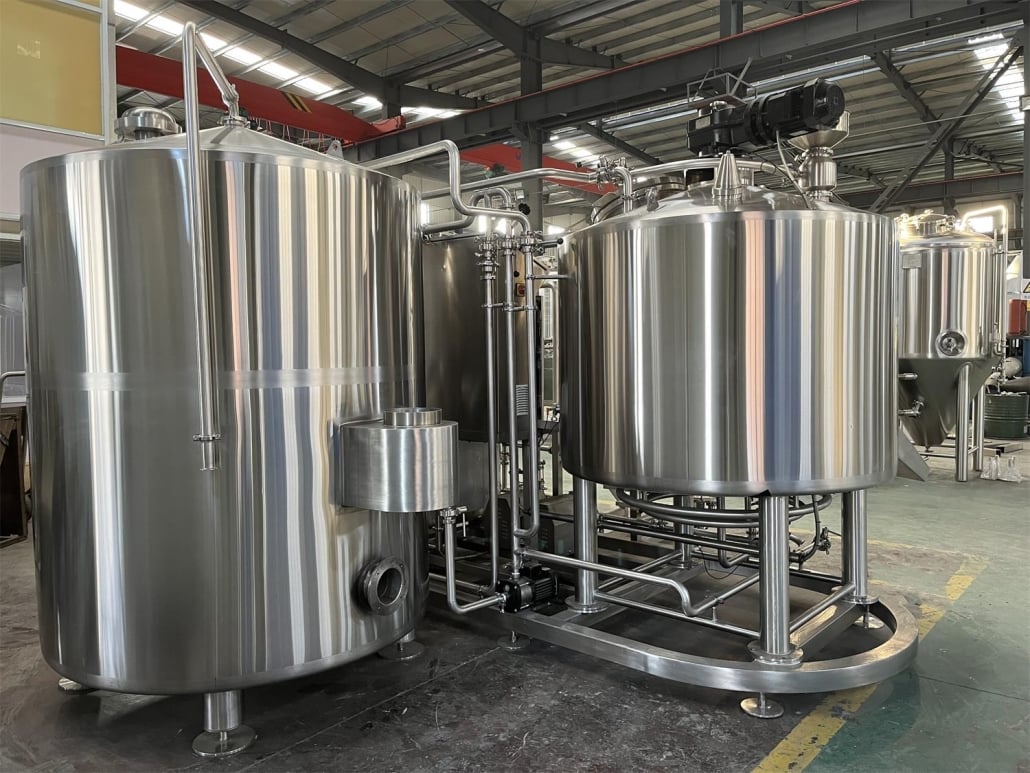
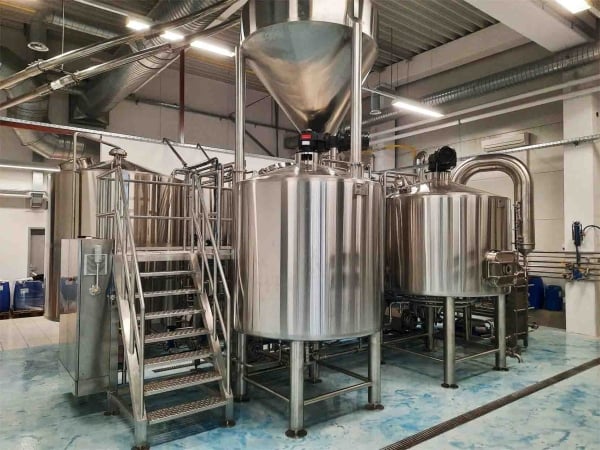
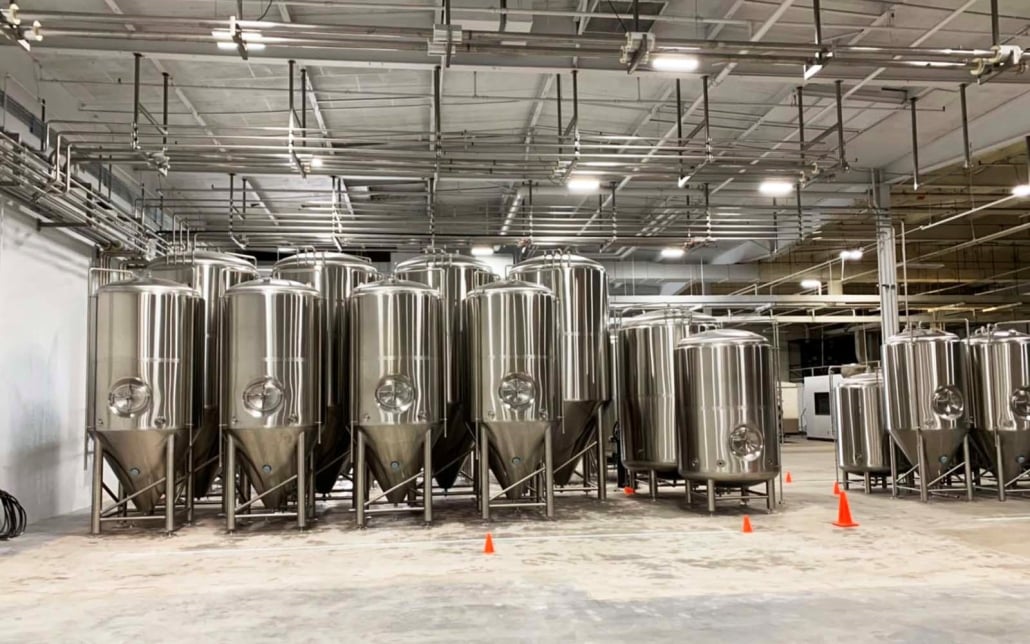
Why Buying a Used Brewhouse Can Save You Money
Think of it like buying a car. A new brewhouse is sleek, shiny, and comes with that fresh stainless steel smell (okay, maybe that’s not a thing). But it also depreciates fast. Used systems, especially lightly-used ones from recently-closed breweries, can save you 30%-60% off retail. That’s cash you could spend on marketing, a taproom makeover, or better ingredients.
However, buying used means doing your homework. Inspect thoroughly, ask for maintenance logs, and don’t be afraid to bring in an expert for a second opinion. If the system’s been sitting in a warehouse rusting away, it might not be such a steal after all.
Tips for First-Time Brewhouse Buyers
Jumping into brewery ownership? Here are a few seasoned tips that can save you headaches later:
- Plan Your Layout Carefully: Map out your brewery before buying anything. You’ll need clearances, drainage slopes, and forklift access.
- Visit Other Breweries: Nothing teaches you faster than seeing another setup in action.
- Don’t Cheap Out on Glycol and Utilities: It’s tempting to save here, but temp control is crucial for beer quality.
- Build Relationships with Equipment Suppliers: They can be lifesavers when you need parts or upgrades.
- Invest in Training: Fancy gear is useless if your team doesn’t know how to use it well.

FAQ
| Question | Answer |
|---|---|
| What size brewhouse do I need for a 1,000 BBL/year output? | Around 3-5 BBL system, brewing multiple times per week. |
| How much does a brewhouse cost? | New systems range from $50,000 (small) to $500,000+ (large). Used systems can be 30-60% less. |
| Can I install a brewhouse in my garage or basement? | Technically yes, but you’ll need proper ventilation, drainage, and utilities. Not recommended. |
| What’s the lifespan of a brewhouse? | With good maintenance, 15-25 years or more. Stainless steel holds up very well. |
| Do brewhouses come with fermenters? | Not always. Fermenters are usually sold separately but often bundled in complete packages. |
| Is it cheaper to build or buy a brewhouse? | Buying ready-made systems is usually cheaper unless you have serious DIY skills and equipment. |
Share this entry
Interested in learning more about Brewing Systems including additional details and pricing information? Please use the form below to contact us!
YOLONG BREWERY EQUIPMENT FAQS
- Commercial Brewery / Craft Brewery / Microbrewery / Nanobrewery
- What is The Difference Between Craft Beer and Industrial Beer?
- The Bespoke Differences In Custom Brewing Systems
- Everything You Need to Know About Kettle Souring
- How to Choose Brewing Equipment for Your business?
- How To Choose The-Best Partner To Build Your Commercial Microbrewing System?
- Two Detection Sensors That You Need To Use In Your Brewhouse System
- Remote Control Applications in Brewing Equipment/How does it work?
- How To Clean Your Brand New Brewery Tanks?

